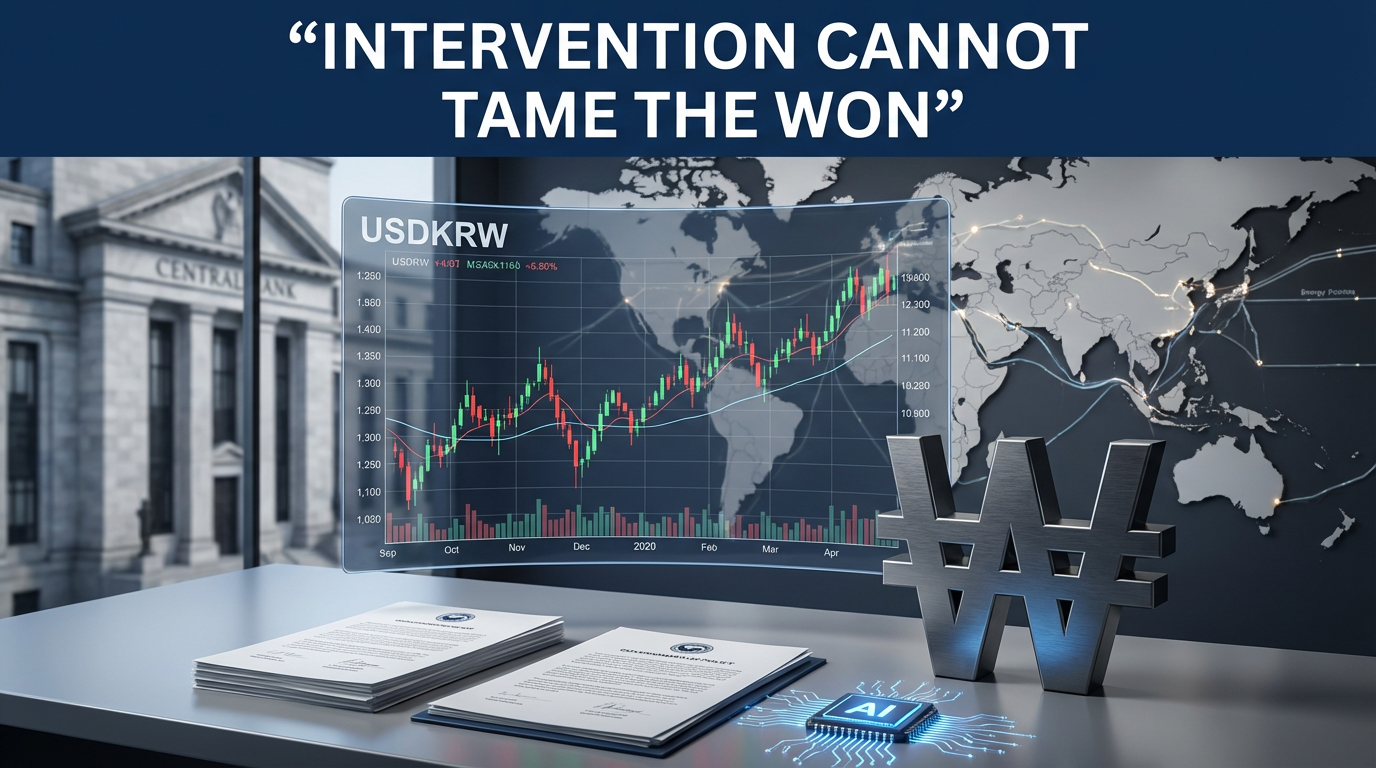### 2025 Global Logistics Market Update and Trend Analysis
The global logistics environment is rapidly changing. This update will examine market trends and key challenges related to logistics in major regions, including Asia, North America, Europe, Oceania, the Middle East, and South America. This information will be useful for those seeking to optimize logistics, supply chain management, and transportation strategies.
1. Major Global Logistics Trends
At the beginning of 2025, logistics and supply chains are unfolding in a complex manner due to several factors. Below are the major trends.
1.1. Alliance Dissolution and New Collaborations
- Dissolution of the 2M Alliance between MSC and Maersk: Cooperation between the two shipping lines will end in February 2025. MSC will operate independently, and Maersk will establish a new ‘Gemini alliance’. This is expected to change schedules and freight rate structures.
- Asia-Europe and North America Market Fluctuations: New alliances and changes in route design are affecting market stability.
1.2 Port Congestion & Vessel Shortages
- Major global ports (e.g., Rotterdam, Singapore, Busan, etc.) are experiencing persistent congestion issues. The use of alternative routes around the Cape of Good Hope is exacerbating logistics delays.
- The additional vessel capacity added in 2024 is being offset by increased demand and congestion, leading to increased transportation costs.
1.3 Spot Rate & Contract Rate Changes
- Spot rates remain strong, particularly on the Asia-US and Asia-Europe routes. Seasonal factors, such as Lunar New Year, will also affect the first quarter.
2. Regional Logistics and Supply Chain Updates
2.1 Asia
- Asia-Europe: Contract negotiations are active, and shipping companies are trying to maintain high rates through GRIs (General Rate Increases). However, lower capacity utilization rates have also resulted in lower than expected rate setting.
- Asia-US: Transpacific transport has seen increased demand and spot rates due to the impact of US East Coast port strikes. While labor negotiations have concluded, market disruption is still ongoing.
- Transshipment Port Issues: Busan, Ningbo, and Shanghai ports are still severely congested, with transport delays of up to 21 days observed.
2.2 North America
- USWC (US West Coast) and USEC (US East Coast) Ports: Even after the labor agreement, they are still affected by port readjustments and the increased volume of cargo routed around the Cape of Good Hope. Freight rate increases and increased traffic volume are particularly noticeable on the US-Asia and US-South America routes.
- Truck Transportation: Rising diesel costs and stricter cross-border transportation regulations are putting pressure on the trucking environment.
2.3 Europe
- Congestion and adverse weather conditions are causing problems at major ports (e.g., Rotterdam, Antwerp, Hamburg). This is causing some shipping companies to enter Europe via the alternative Cape of Good Hope route, leading to increased costs.
- Increased transportation costs and reduced schedule reliability are expected in the short term.
2.4 Middle East & Africa
- The Middle East region is experiencing schedule delays due to detour services via the Cape of Good Hope route. In addition, infrastructure limitations and pirate activity are increasing logistics uncertainty.
- In Africa, port congestion continues to accumulate, with delivery delays being a problem, particularly in East African ports.
2.5 South America
- Brazilian ports are experiencing significant delays due to heavy rain and road infrastructure problems, and the concentration of cargo volume in Santos and other major ports is exacerbating the conflict.
- The introduction of digital logistics platforms and infrastructure improvement projects are underway, but the short-term effects are still minimal.
3. Manufacturing and Key Industry Trends
The automotive, energy, and retail industries are all innovating processes through the adoption of supply chain blockchains, digitalization, and enhanced sustainability.
3.1 Automotive Logistics
- While the semiconductor shortage is gradually easing, the logistics supply of raw materials related to electric vehicle batteries is becoming a new challenge.
- Multimodal transport and the use of LCL methods are expanding, and cargo temperature control and vehicle tracking technology are becoming important trends.
3.2 Retail Industry
- Cross-border e-commerce is growing more actively, and optimizing last-mile delivery is emerging as a major challenge.
- The increasing demand for urgent transport via air freight is strengthening cooperation with airlines.
4. Logistics Optimization Strategies for 2025
The 2025 logistics environment may be challenging, but efficiency can be improved through the following strategies:
- Flexible Contract Agreements: Securing flexible contract structures with shipping companies to prepare for changing alliances and spot rates.
- Adoption of Digital Technologies: Data-driven logistics management through global TMS such as Navisphere.
- Risk Mitigation Plan Development: Planning for contingencies such as port congestion, natural disasters, and changes in sea routes.
- Environmental Sustainability: Building sustainable logistics through carbon emission reduction, renewable energy utilization, and the introduction of combined air and sea transport.
Conclusion: Preparing for the Logistics of Tomorrow
Global logistics trends present new challenges every month. However, proactive planning (contracts & technology utilization) and flexible responses can effectively optimize complex supply chains. Work closely with your logistics partners to prepare for the upcoming changes.



